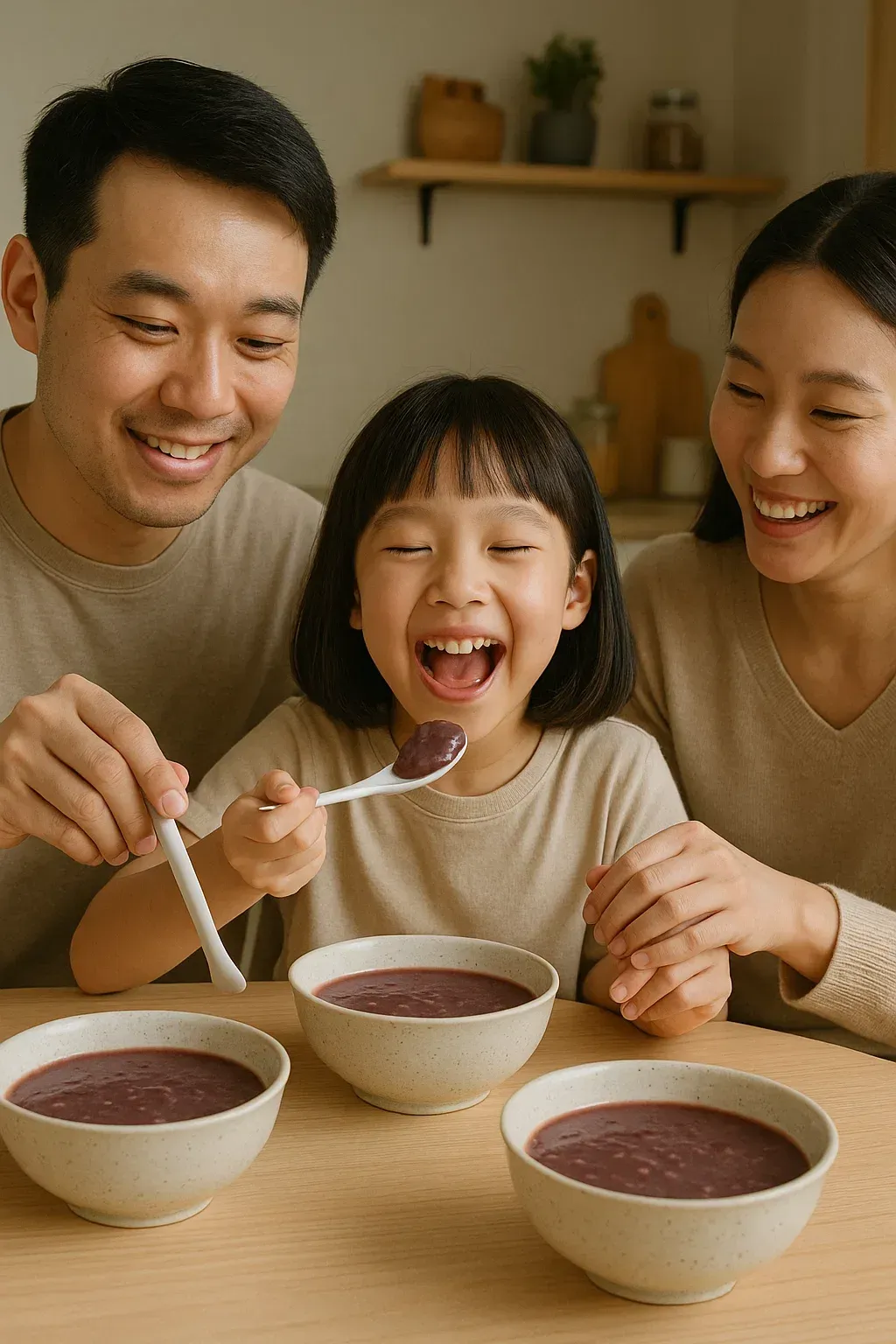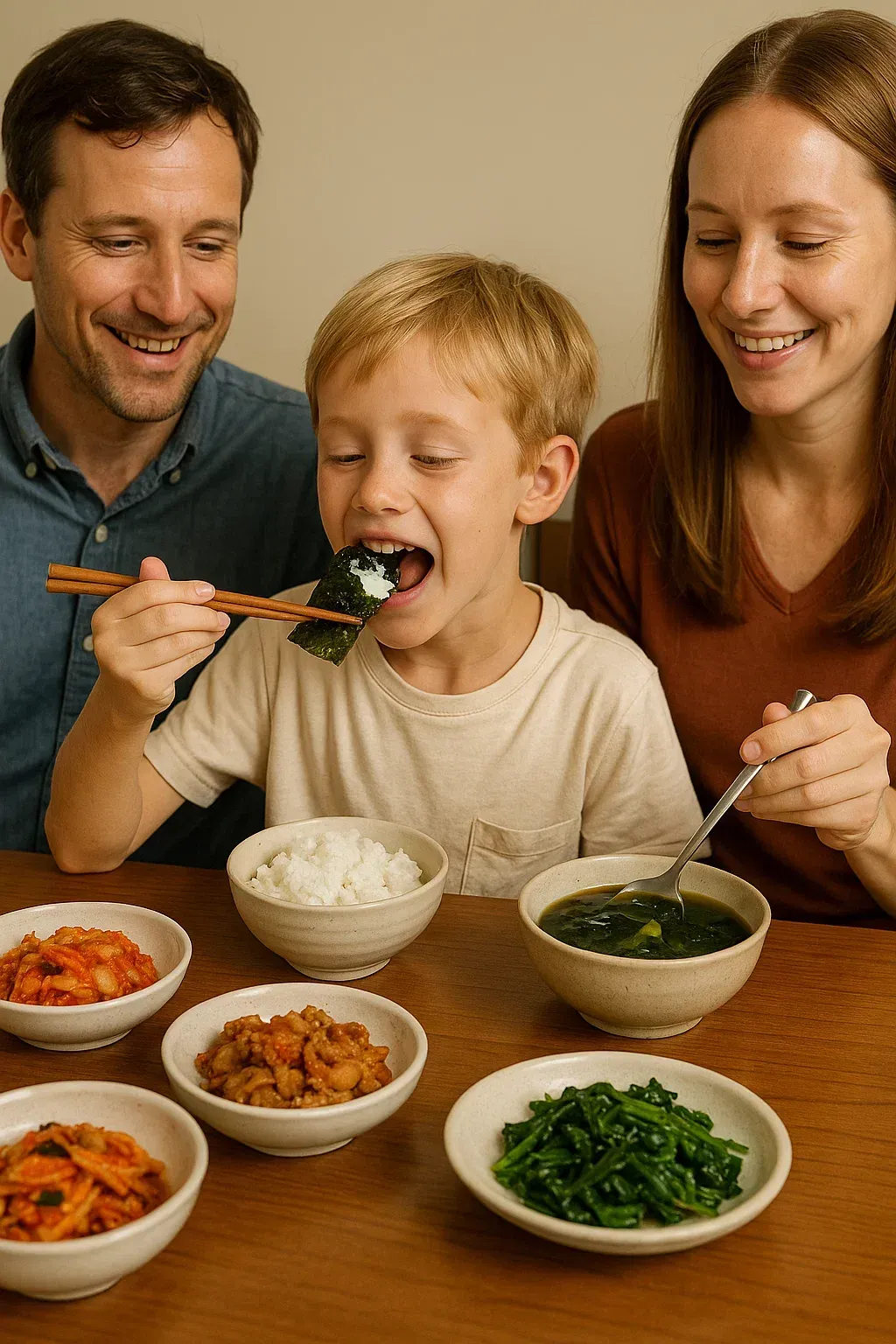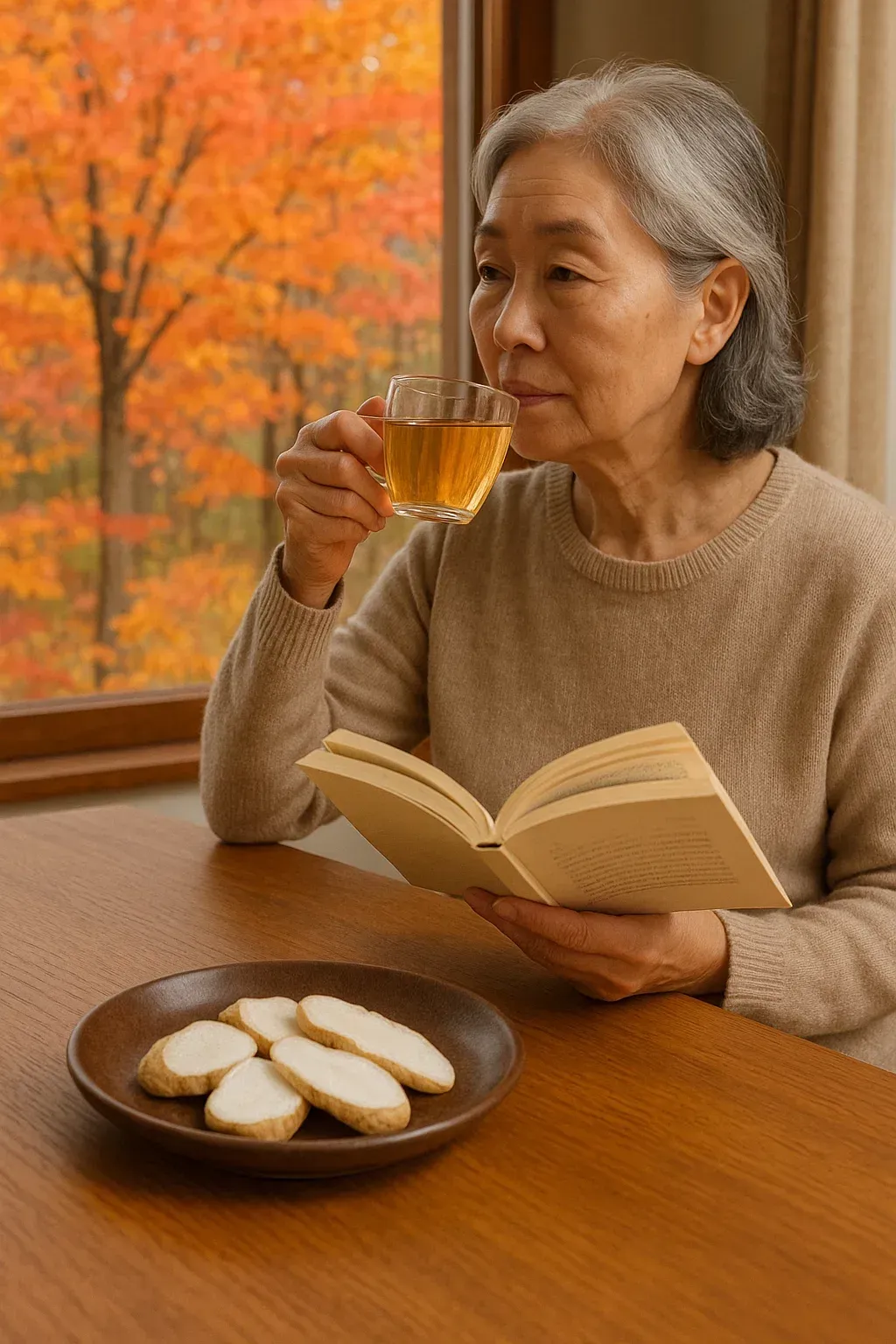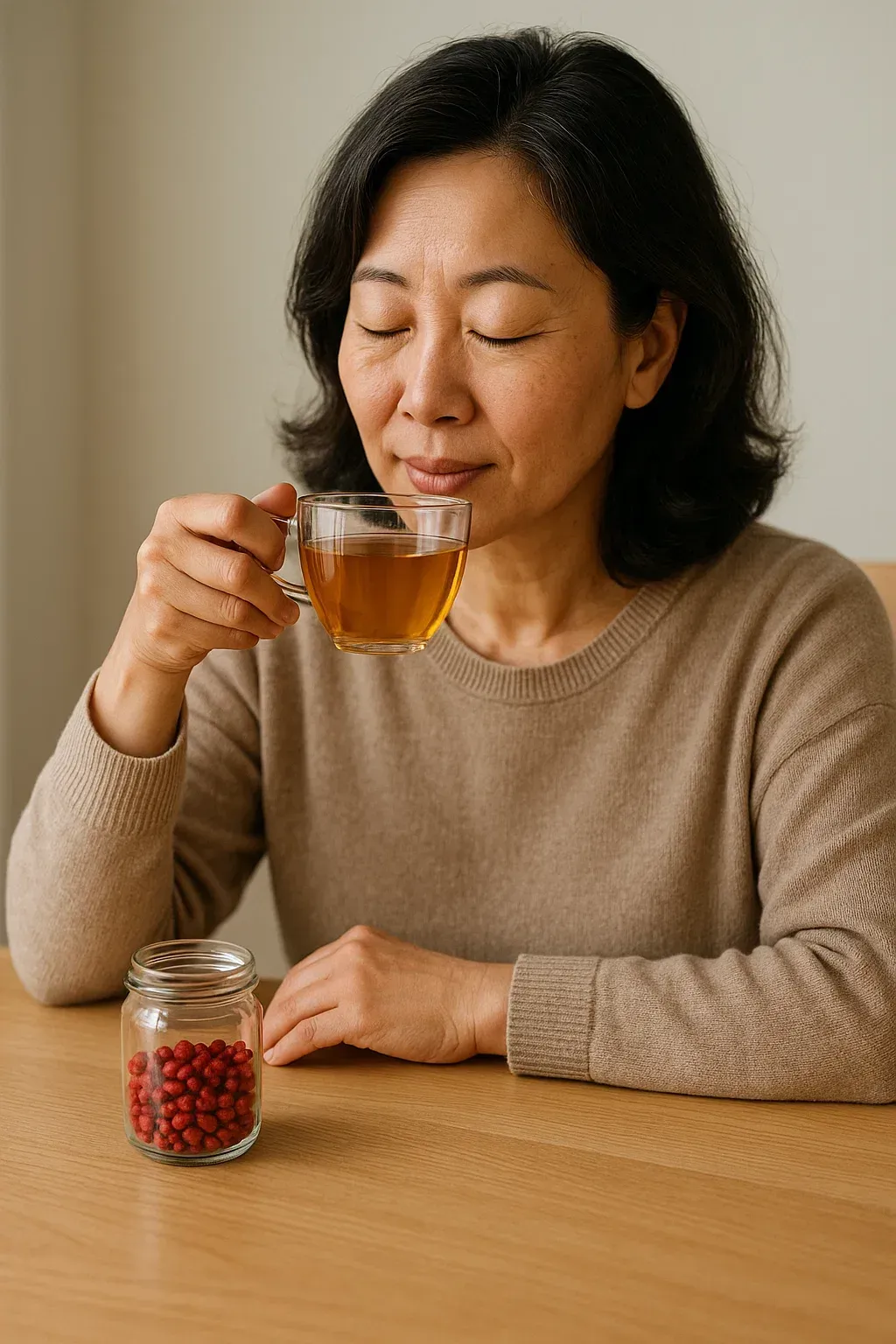Deep Essence, Deep Warmth: A Longevity Expert's Guide to Prepared Rehmannia (숙지황)
In Traditional Chinese Medicine (TCM), transformation is often achieved through meticulous preparation. The simple Rehmannia root, which starts as a cooling herb, undergoes a profound nine-step process of steaming and curing with wine to become Prepared Rehmannia Root, known as Shu Di Huang (熟地黄). This transformed herb is perhaps the most significant blood and Yin tonic in the entire pharmacopeia. As a longevity expert, I recognize Shu Di Huang as a foundational pillar for reversing deep deficiency, promoting vitality, and supporting graceful aging.
The Alchemy of Transformation: Shu Di Huang's Unique Power
Shu Di Huang is the "cooked" form of Rehmannia. This intensive preparation fundamentally changes its therapeutic action: it shifts from being cold and focused on clearing heat (like Sheng Di Huang) to becoming warm and intensely focused on deeply nourishing the blood and the Yin (Essence). It is primarily directed at the Liver, Kidney, and Heart meridians. Its key functions are nourishing Kidney Yin and Essence (Jing) and enriching the Blood.
Scientifically, the curing process changes the root's chemical profile, making the active compounds—including catalpol and a higher concentration of certain polysaccharides—more bioavailable and easier for the body to digest. This prepared form is less likely to cause digestive upset than the raw or simply dried versions.
The Science-Backed Benefits of Shu Di Huang
Modern research and traditional wisdom converge to highlight Shu Di Huang's role in building and sustaining the body's foundational reserves:
- Profound Blood Nourishment: Shu Di Huang is unparalleled in its ability to enrich and generate blood. This action is critical for alleviating symptoms of anemia, pallor, fatigue, and dizziness. Unlike herbs that simply "move" blood, Shu Di Huang provides the deep, essential nourishment needed to build the blood supply, which is vital for women's reproductive health and overall vitality.
- Building Kidney Essence (Jing) for Longevity: The Kidney Essence (Jing) is considered the root of vitality, governing reproduction, growth, and aging. By strongly tonifying Kidney Yin and Essence, Shu Di Huang is believed to slow the depletion of Jing. This translates scientifically to supporting adrenal function, hormonal stability, and potentially enhancing the body's reserves against chronic stress and age-related decline.
- Supporting Hair and Bone Health: Because the Kidneys govern the health of the bones and the luster of the hair, Shu Di Huang is traditionally used to address premature graying, hair loss, and general bone weakness. By enriching the Jing and blood, it helps deliver deep nourishment to these structures from the root up.
- Calming the Spirit (An Shen): By deeply nourishing the Yin and Blood, Shu Di Huang helps "anchor" the spirit, which can alleviate chronic anxiety, restlessness, and insomnia that arise from deep deficiency and fatigue.
Important Considerations for Using Shu Di Huang
Shu Di Huang is a rich, heavy tonic and is best used for conditions of clear deficiency, not for acute illness or excess.
- Usage: It is most commonly used as a main ingredient in complex, tonic herbal formulas, such as the famous Liu Wei Di Huang Wan (Six-Ingredient Rehmannia Pill), tailored by a TCM practitioner.
- Taste: It has a unique, deeply sweet, and almost molasses-like flavor, making the consumption of its decoctions more palatable than other Rehmannia forms.
Important Cautions: Due to its rich, moistening quality, Shu Di Huang can be difficult to digest for individuals with weak spleens, chronic indigestion, or excessive dampness/phlegm. It should always be used cautiously and often combined with "moving" and "drying" herbs (like Ginger or Cardamom) to prevent abdominal bloating or diarrhea. Always seek the guidance of a qualified TCM practitioner or integrative health expert before using this potent tonic.
Shu Di Huang is an invitation to deep, sustainable health. By harnessing the alchemical power of this prepared root, you are taking a definitive step toward nourishing your body's most fundamental reserves for long-term vitality.
- Dr. Chungmoo "John" Huh, DAcCHM, L.Ac, Dipl. OM -


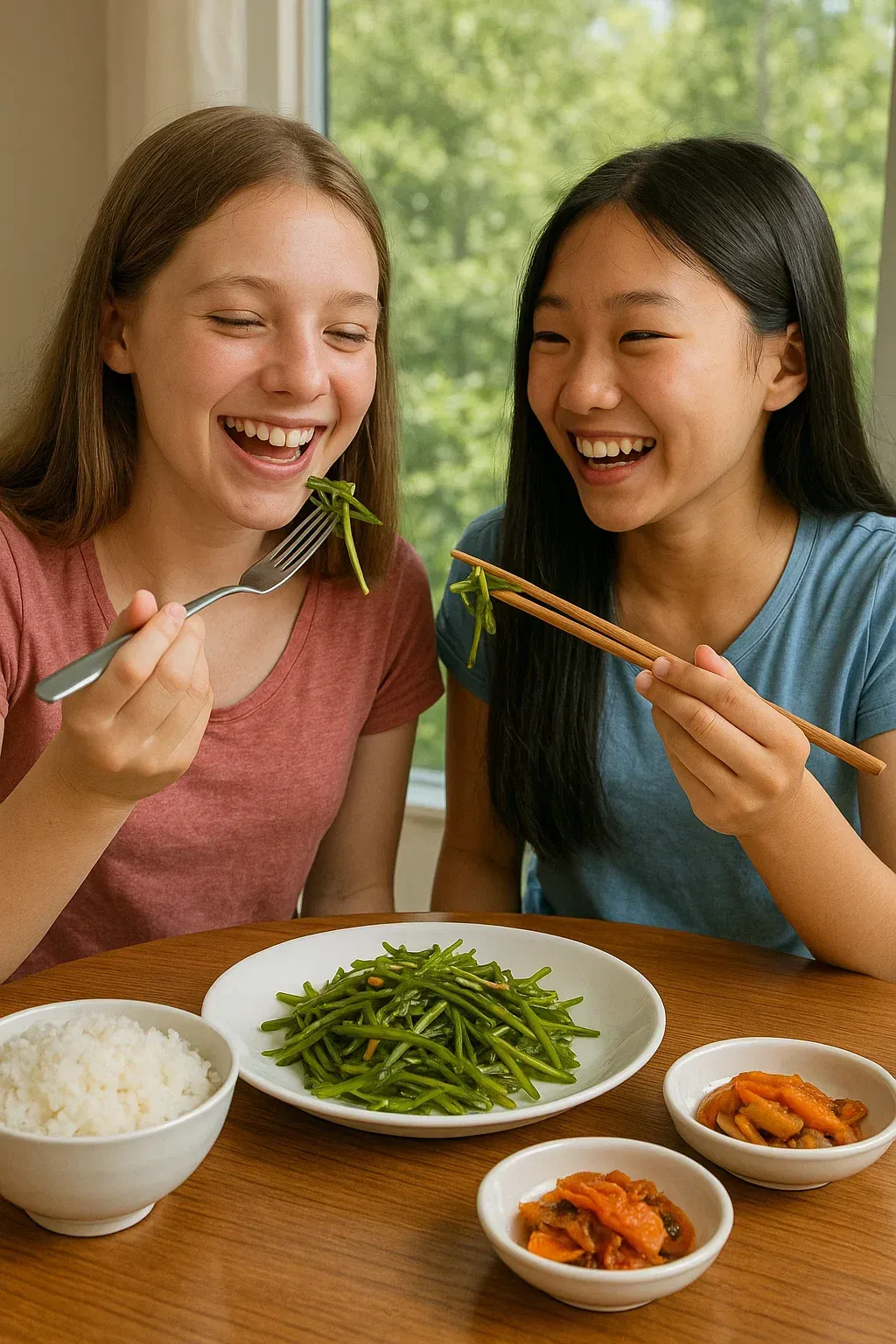
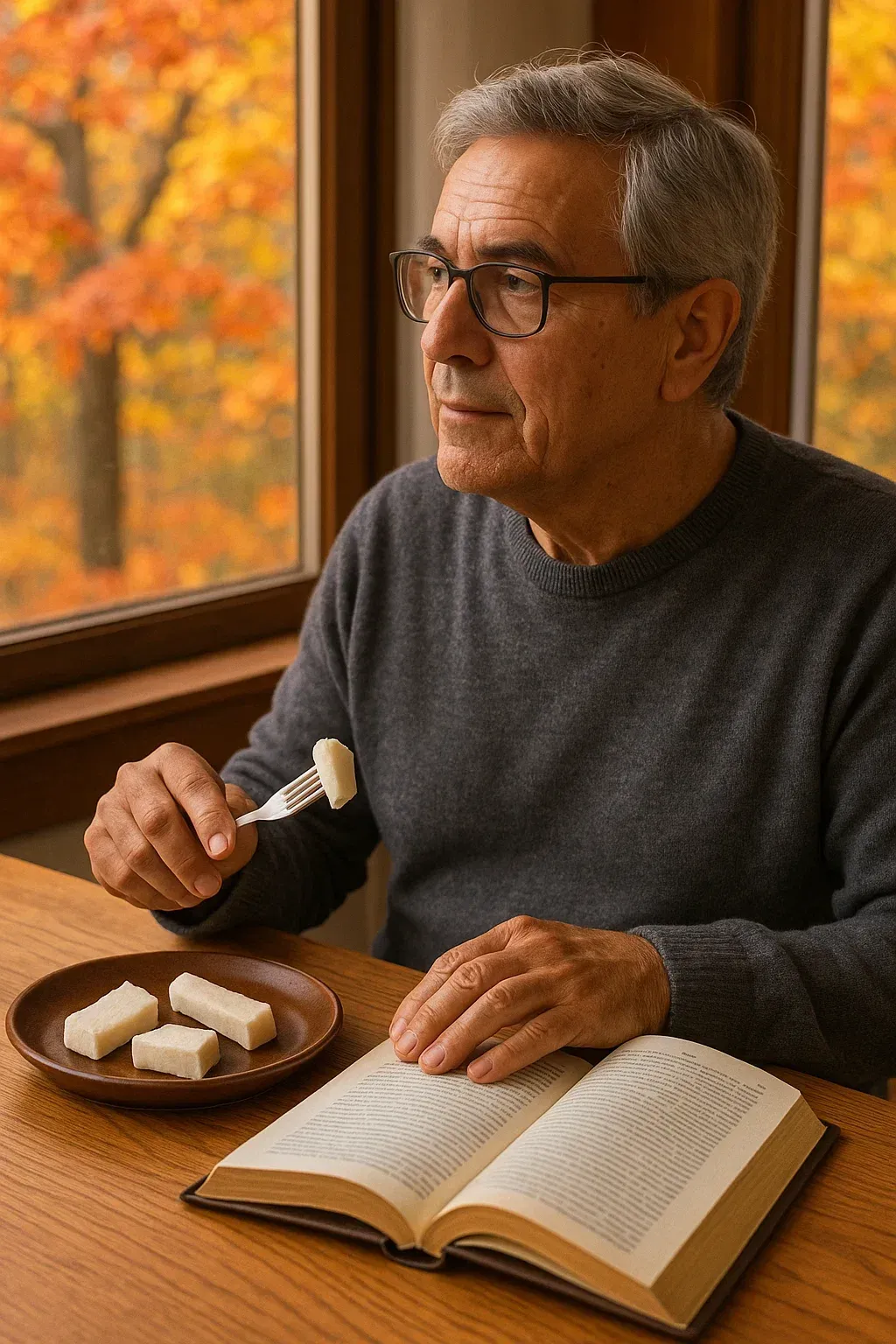
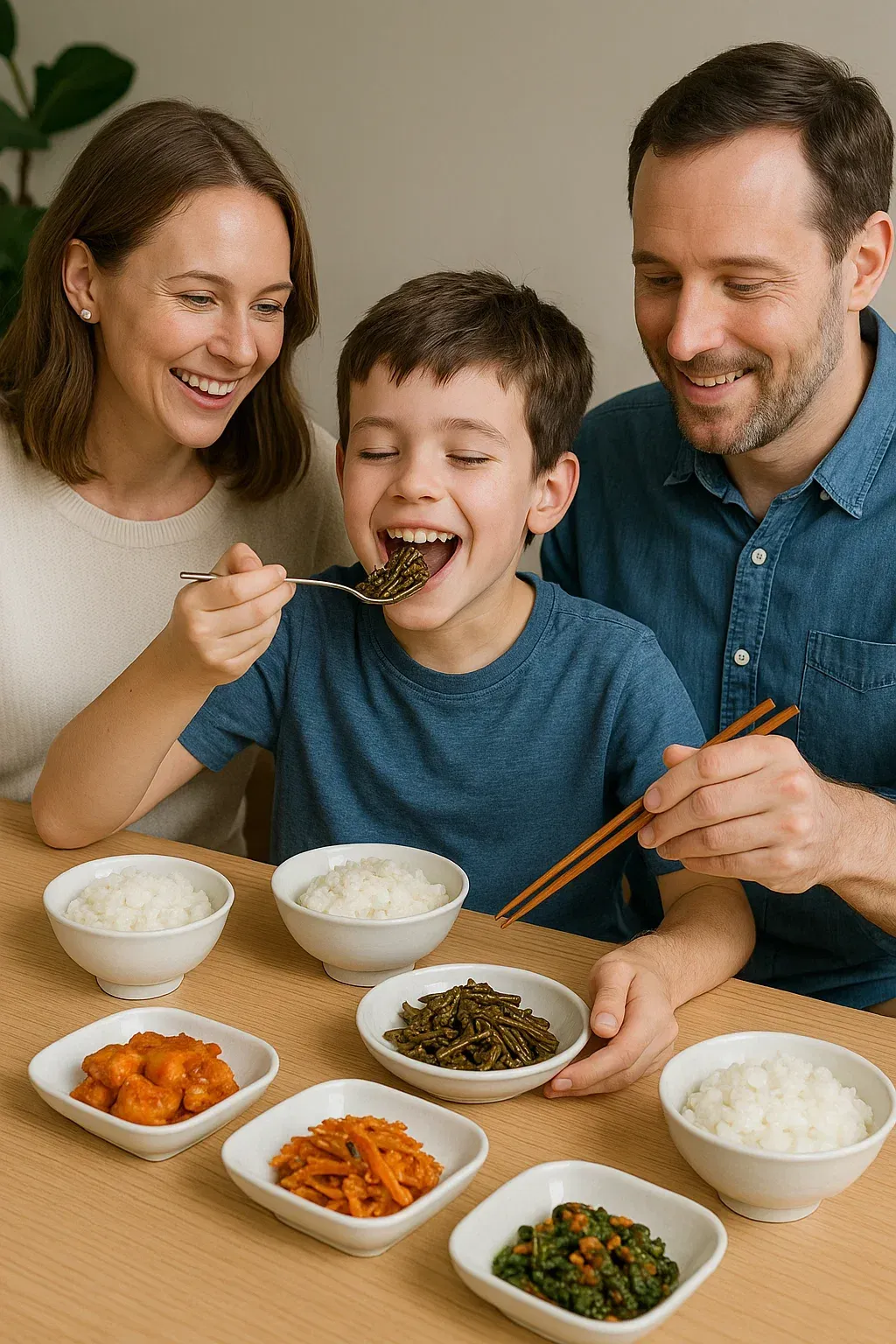
From Forest Floor to Functional Food: A Holistic Guide to Bracken Fern (고사리) in Traditional Medicine
